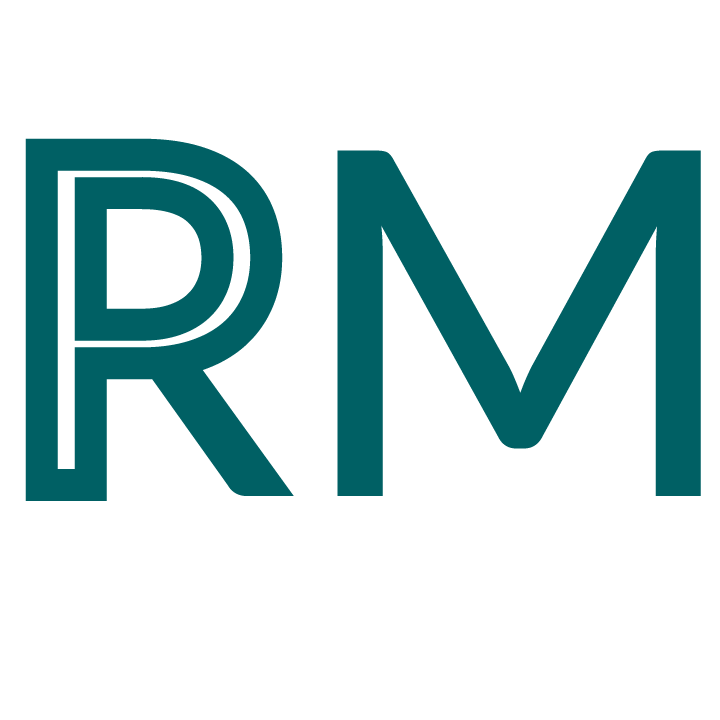Implicit Bias Test exhibit
This installation was designed for exhibition in a museum that explores the impact of the Civil Rights Movement. The design was an interactive kiosk that includes a digital implementation of the Implicit Bias Test, which is a way of measuring personal effects of systemic bias.
The video below explains in depth the context and interaction of our design.
Video - Service Activation through Self-Reflection
Problem Space
The project's task was to seek a local Atlanta organization and investigate possible service opportunities that we could help improve and innovate. While exploring the Center for Civil and Human Rights, we saw the opportunity to enhance the amazing exhibitions by encouraging more empathy in visitors through connecting historical displays to modern issues. To achieve this goal, our team designed a digital version of the Implicit Bias Test that could be implemented as an exhibition in a museum setting.
"The Implicit Association Test (IAT) measures attitudes and beliefs that people may be unwilling or unable to report. For example, you may believe that women and men should be equally associated with science, but your automatic associations could show that you (like many others) associate men with science more than you associate women with science." - Project Implicit, Harvard. These implicit associations are prevalent in many aspects of life, and the Center for Civil and Human Rights is a great location to explore the breadth of these issues. We ultimately decided to create a digital version of the Implicit Bias Test that could be implemented at the Center.
PROCESS + Methods
The design process started with researching the location and learning about key 'pain and gain' points, where we created a visitor journey map to analyze potential opportunities for innovation.
We use multiple Service Design tools throughout the semester as part of a process that moved from research to designing possible solutions.
The future scenarios breakdown allowed us to anticipate possible design outcomes and the desired outcomes we could achieve. Our stakeholder map helped us identify key relationships we wanted to improve through our service innovation, particularly providing students and visitors a call to action.
The Service Blueprint we made broadened our understanding of the experience we were creating through the pre and post stages of the service. Our Business Model Canvas helped us explore the relationships between our changes and other factors at play in the Center.
We created a storyboard to better plan for the next steps of prototyping and clarifying our user experience. We also made a poster that distilled our project into its most essential components and could be displayed at a large event without our explanation.
A prototype of the exhibit interaction was used in the final presentation of our project to concretize our work, along with mockups that situated the exhibit within the broader museum context.
MY ROLE
Using previous iterations of the Implicit Bias Test, my role was in replicating the test by first wireframing possible designs and, after feedback, creating a prototype of the interaction + visual design.
An example of the interactions with our exhibit screen can be seen in this video.
FUTURE STEPS
The final presentation of this work involved feedback on the overall design and reflection on how the Service Design Process facilitated designing with empathy.
In the future, our team sees this digital implementation of the Implicit Bias Test in a museum setting as providing a helpful connection of historical impact on present day lives.


